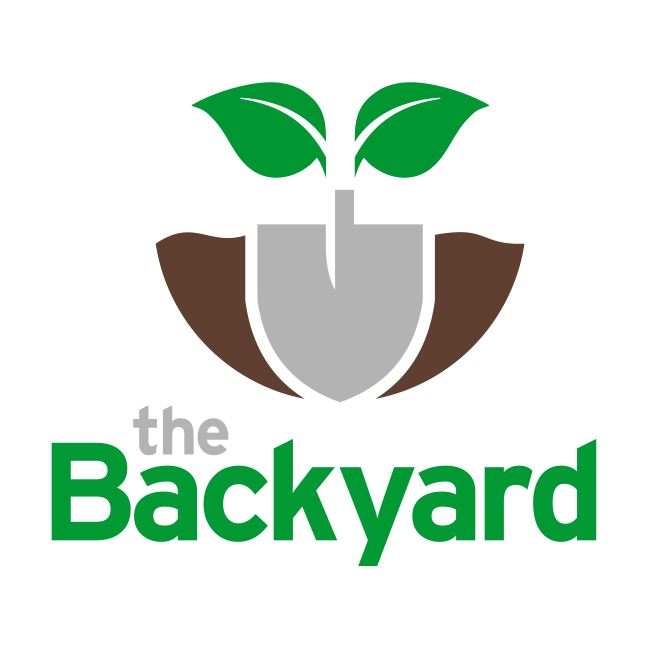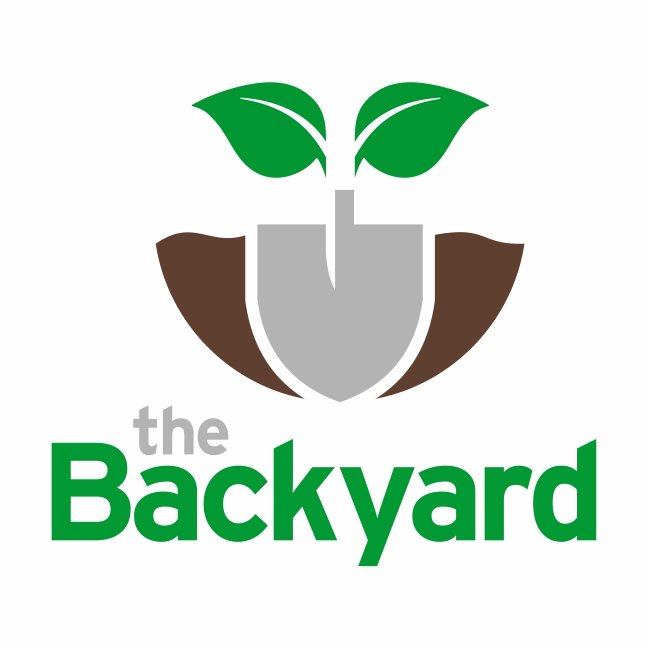OnSite Composting Toolkit
How to use this toolkit
System Selection Guidance: Understand several composting systems available and identify the one that aligns with your specific requirements, space constraints, and waste characteristics. Explore the pros and cons of various systems, to make informed decisions.
Implementation Strategies: Once you've selected a composting system, receive guidance on system set up and operation. From setting up to monitoring key parameters, you'll learn how to establish an efficient composting infrastructure.
Best Practices for Success: Discover industry best practices to optimize your composting processes, troubleshoot common challenges, and ensure a high-quality compost output.
Reference: Check back once your program is implemented for general troubleshooting.
Compost Utilization: Maximize the benefits of your compost and reduce the risks. It’s not just waste management, but resource utilization.
By embracing on-site composting, your industrial facility or institution has the power to create a positive impact on the community and beyond. Be empowered with the knowledge and tools needed to embark on a successful composting journey—one that not only manages waste responsibly but also cultivates a culture of sustainability within your organization
Why On-Site Composting?
Up till now industries and institutions may not have been aware of the options for dealing with organic waste or Composting on site, or how to implement these programs. Sites may be remote, municipal pick up programs may not exist, or do not service larger sites. With this Toolkit, industry and institutions can be armed with the knowledge about their options and how to set up a Composting system on their own site.
Some of the reasons for instituting an on-site composting program are listed below.
1. The Environmental Imperative:
Composting, as opposed to landfilling is a superior choice for the environment. Firstly, as it significantly reduces greenhouse gas emissions, contributing to your organizations carbon reduction goals. Secondly, it reduces the waste going to landfills, extending landfill lifespan and reducing demand on space. Most importantly, on-site composting transforms food scraps, which are a commonly wasted resource into a product that benefits the soil. Healthier soil grows healthier food, increases biodiversity, sequesters carbon and creates healthier ecosystems.
2. Beyond Environmental Benefits:
Composting serves as a catalyst for sustainable actions at both individual and institutional levels. Composting has been perceived as a task for experts, but this toolkit makes it accessible to everyone. This shift allows the recently converted practitioner and those around them to establish a profound connection with the food they consume, the waste they generate, and the potential growth they can nurture.
3. Local Action, Direct Impact:
One of the key benefits of on-site composting is has to do with its direct impact on local environment. Unlike pick-up programs that transport waste to distant composting sites, local composting eliminates the need for extensive transportation of both raw and finished materials, thus reducing associated costs and carbon footprints. The benefits of on-site composting extend beyond mere cost-efficiency – the finished compost can be directly utilized on-site or within the nearby community, enhancing soil health and contributing to the creation of sustainable landscapes directly within our home communities.
4. Empowering Staff:
On-site composting transforms waste management into an on-site participatory experience. This transformation empowers individuals, from kitchen staff to other personnel, to actively engage in waste separation at the source. Witnessing the entire composting process, from waste separation to the creation of nutrient-rich compost, instills a sense of responsibility and pride among staff members. This hands-on involvement becomes a gateway to a broader shift towards sustainability.
5. Educational and Behavioral Impact:
Through on-site composting, staff members not only gain practical skills applicable in their personal lives but also experience more environmental awareness. The educational aspect of a composting program helps individuals gain knowledge about waste management and composting. This helps them to make informed decisions about what they buy and what they throw out both on site and at home. A composting program prompts an individual to think about sustainability as something achievable instead of a far off unachievable concept.
6. Leadership
By embracing on-site composting, you can develop personal leadership skills while instilling an environmental ethic among co-workers and the surrounding community. Engaging in environmental stewardship through nature-based solutions aligns seamlessly with the sustainability goals your organization likely has. This not only enhances your capacity to attract talent and clients but also helps access funding. The decision to be a pioneer in this regard lies in your hands – a chance to lead or risk falling behind.
In essence, on-site composting is more than just waste management; it is a holistic solution that empowers individuals, reduces environmental impact, and creates a tangible link between waste generation and resource creation. By embracing on-site composting, organizations not only take control of their organic waste, reduce landfill dependence, and create a valuable resource in the form of nutrient-rich compost but also pave the way for a more sustainable future. The benefits extend from the workplace to the personal lives of staff members, creating a ripple effect that amplifies the positive impact on a larger scale. Establishing an on-site composting program is not merely an environmental initiative; it is an investment in a greener, more responsible, and sustainable future.


